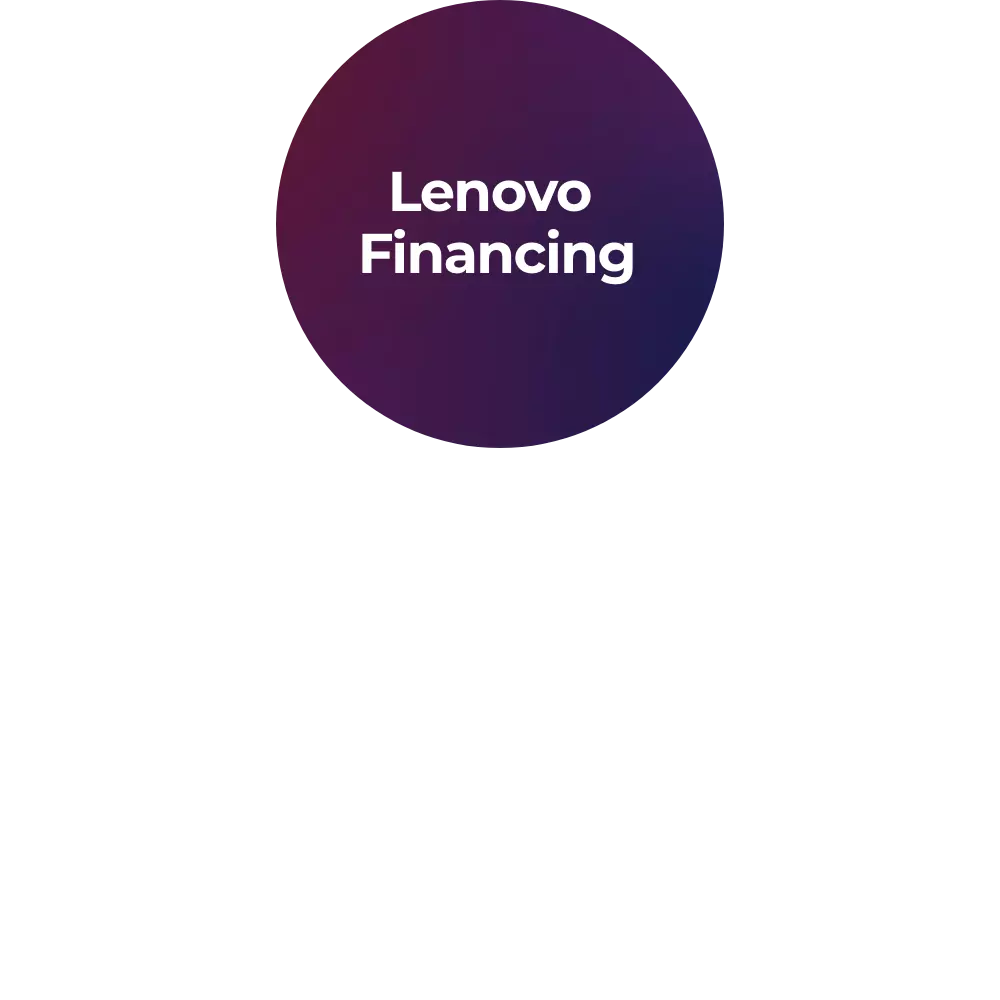What is R programming language?
R is a programming language and software environment designed for statistical computing, data analysis, and graphical representation. It is widely used by statisticians, data scientists, and researchers for tasks such as data manipulation, visualization, and machine learning. With its extensive library of packages and tools, R provides powerful capabilities for handling large datasets and performing complex analyses.
What are some key features of R?
R language offers a rich set of features, including its extensive library ecosystem, interactive graphics capabilities, powerful data manipulation tools, and a supportive community of users. With R, you can perform complex statistical analyses, create publication-quality visualizations, and tackle data science projects with ease.
How does R compare to other programming languages?
In comparison to other programming languages, such as Python or SQL, R Programming Language is particularly well-suited for statistical analysis, data visualization, and machine learning tasks. While Python is versatile and widely used in various domains, R shines when it comes to statistical computing and handling large datasets efficiently.
Can I use R for data visualization?
Yes, absolutely. R Programming Language is renowned for its data visualization capabilities. With packages like ggplot2 and plotly, you can create stunning visualizations to explore and communicate insights from your data effectively. Whether you're plotting histograms, scatter plots, or interactive dashboards, R provides robust tools for visualization.
How can R benefit my data analysis projects?
By leveraging R Programming Language for data analysis, you gain access to a broad range of statistical techniques, machine learning algorithms, and visualization tools. Whether you're working on predictive modeling, hypothesis testing, or exploratory data analysis, R empowers you to extract meaningful insights and make informed decisions.
Does R support machine learning tasks?
Yes, R has extensive support for machine learning tasks through packages like caret, randomForest, and xgboost. Whether you're building regression models, clustering algorithms, or neural networks, R Programming Language offers a diverse set of tools to tackle machine learning projects efficiently.
How can I handle data manipulation in R?
Data manipulation in R is straightforward thanks to libraries like dplyr and tidyr. These packages provide intuitive functions for filtering, transforming, and summarizing data frames. Whether you need to clean messy data, merge datasets, or calculate summary statistics, R offers robust tools for data wrangling.
How does R support statistical analysis?
R is designed for statistical analysis, making it a go-to choice for statisticians and researchers. With built-in functions and packages dedicated to statistical methods, hypothesis testing, and probability distributions, R enables you to conduct rigorous statistical analyses and draw meaningful conclusions from your data.
Can I integrate R with other programming languages?
While R is primarily used for statistical computing, you can integrate it with other languages like Python or C++ for specific tasks. Through packages like reticulate and Rcpp, you can leverage the strengths of different languages within your R scripts, enabling seamless interoperability and expanding the capabilities of your projects.
What role does data visualization play in R?
Data visualization is a crucial aspect of R Programming Language as it allows you to communicate insights effectively. By creating visually appealing plots, charts, and graphs, you can convey complex information in a clear and concise manner. Visualization in R enhances data exploration, presentation, and storytelling, making your analyses more impactful.
Are there any integrated development environments (IDEs) specifically for R?
Yes, there are several integrated development environments (IDEs) that are tailored for R. RStudio is the most popular IDE, offering a user-friendly interface and a comprehensive suite of tools for R development. Other IDEs include Jupyter Notebooks, which allow for interactive coding and visualization, and Visual Studio Code with the R extension, providing a versatile environment for multi-language projects.
How do I handle large datasets in R?
Handling large datasets in R Programming Language can be efficiently managed using packages like data.table and bigmemory. The data.table package provides high-performance data manipulation capabilities, and bigmemory allows you to manage and analyze large datasets that exceed your system’s memory limits by storing data in external files or memory-mapped matrices. These tools enable you to work with big data effectively within R.
Can I automate tasks using R programming language?
R programming Language supports automation through scripting and package development. By writing custom scripts, you can automate repetitive data analysis and visualization tasks. Additionally, with packages like rmarkdown, you can automate the creation of dynamic reports and presentations. Scheduling and automating tasks can also be managed through tools like cron jobs on Unix-based systems or Task Scheduler on Windows, making your workflow more efficient.
What is Shiny and how is it used in R programming language?
Shiny is an R package that enables you to build interactive web applications directly from R. With Shiny, you can create dashboards that allow users to explore data and run analyses in real-time. This functionality is particularly useful for creating data-driven reports, prototypes, and decision-support tools. Shiny applications can be deployed on a web server, shared within an organization, or published online, expanding the accessibility and impact of your R projects.
What are some common use cases of R?
R’s versatility extends to its applications, with a number of common use cases across diverse industries. It's widely used for data analysis and visualization as it elegantly handles complex datasets and produces clear, actionable insights. Machine learning and predictive modeling are also areas where R shines, thanks to its specialized tools and libraries. Its role in biostatistics and bioinformatics is pivotal for research in health sciences, while financial analysts and risk managers rely on R for tracking trends and identifying risks. R is equally valuable in social science research, supporting everything from survey analysis to behavioral studies.
What are some popular R packages?
Several popular R packages make these applications possible. For example, the tidyverse collection, which includes dplyr, tidyr, and ggplot2, provides powerful tools for data manipulation and visualization. For machine learning, the caret package offers robust support for building predictive models. Shiny enables the creation of interactive web applications, perfect for sharing insights. Additionally, knitr simplifies dynamic report generation, making it easier to communicate findings effectively.
How does R compare to Python for data analysis?
When comparing R with Python for data analysis, both have their strengths and play a significant role in the field. R has a distinct edge in statistical computing and data visualization, with tools specifically designed for analysis and presentation. On the other hand, Python is a more general-purpose language and offers versatility across a broader range of applications, from web development to machine learning. Ultimately, the choice between the two often depends on the user's goals and the specific needs of a project.













